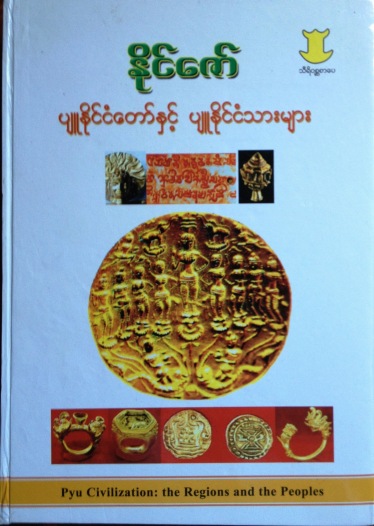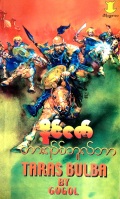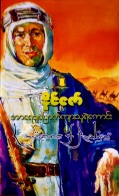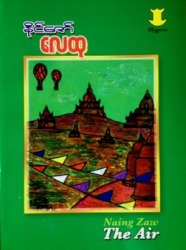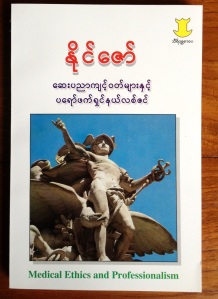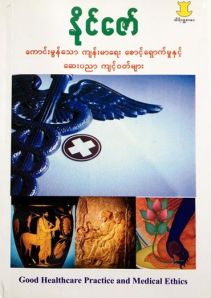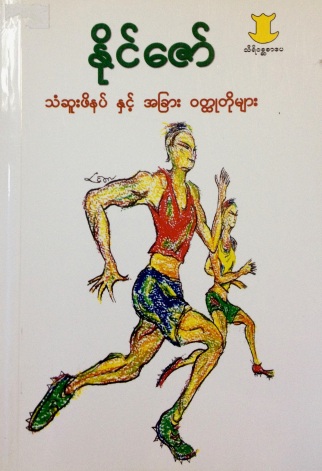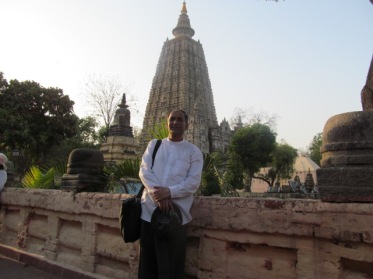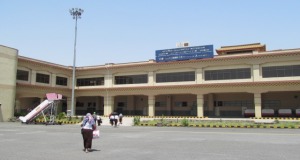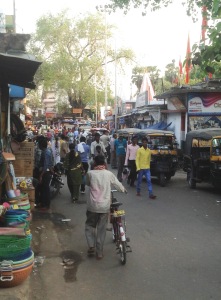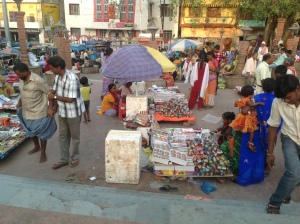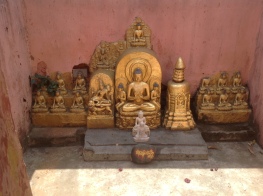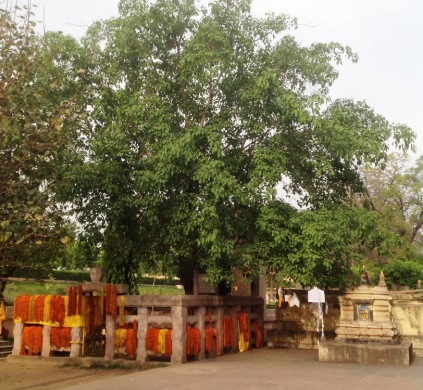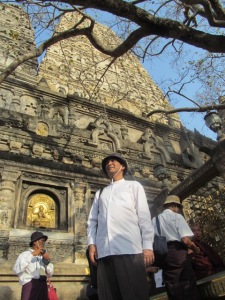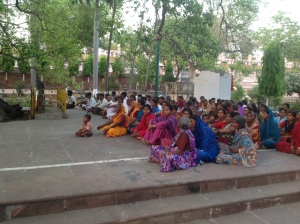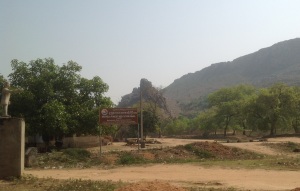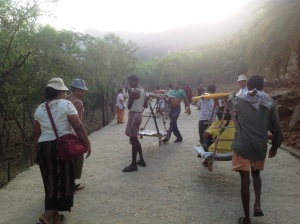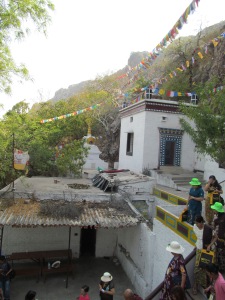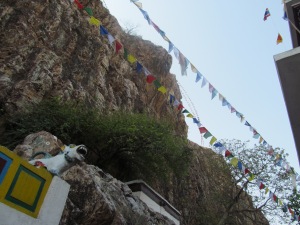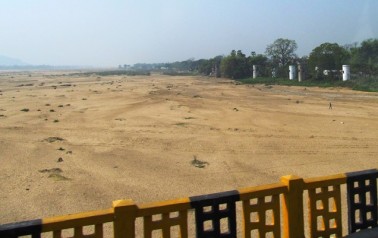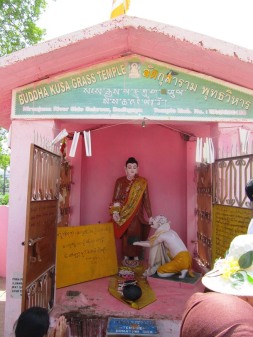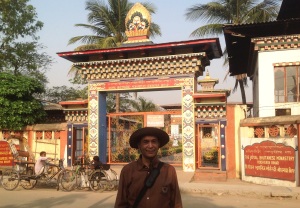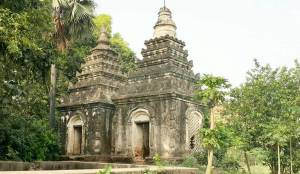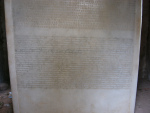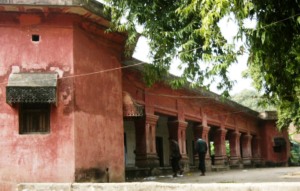OPENING RELEASE
Established since 1995, May.
Ah Lo Khat Thane Pyee Nyein Zay Thu Alin Thakin (Lord of the Light: Who fulfilled all wishes)
Novel by Naing Zaw Story of Prince Siddhartha in 5 parts.
a) the light is actually sweet; episode of birth
b) crown of power & turban of glory, episode of royal ploughing ceremony
c) stretch the great arm toward the endless sky; episode of showing archery skill and marriage
d) when eggshell cracked, episode of seeing four signs, aging, disease, death, and hermit
e) beyond the river Anawma; episode of departure from palace to the recluse and holy venture.
A PRIDE OF THE PUBLICATION HOUSE
“Silavamsa Dah” (The Sword of Virtuous Descendants) by Naing Zaw was winning Myanmar National Literature Awards 2013 as best novel. Myanmar National Literature Awards which have been presented since 1960s. They are for the best literary works published in the previous year in each category as determined by a selection committee “Palace of Literature”, with an objective to promote Myanmar National literature. “Silavamsa Dah” was a historical novel, covered the 2nd Anglo-Burmese War (1851-53) with numerous characters both the real and fictionalized, complicated narrative in various places with the events of the peace and war, courage and cowardice, love and hatred, happiness and sufferings.
Backdrops Time: from 1851-1853 Space: from Amarapura (Myanmar’s capital in that time) through Rangoon, Mawlamyine, Pegu, Prome, Da-Nu-Phyu to Culcutta (Capital of India under East India Company and British Raj). Culture, nature, visions, sounds, colours and fragrances of environment anf people.
Characters the reals; Main; Bo Myat Htun- great patriotic leader, Prince Maung Kyauk Lone-king’s brother in law, U Shwe Bwint- Vicount of Zalun,
Supportives; King Bagan, Prince Mindon, Prince Kanaung, Princess Sakkadevi, Amarapura Mayor Bai-sahib, Clerk Maung Bein, Lord Dalhousie, Commodore Lambert, Captain Latter, Sit-Kae Maung Htau Lay
the fictionalized: Main; Ko Aung Thar-a man of loyalty and bravery Maung Shwe Yae-Jewel merchant came back to Myanmar from abroad Ma Mya Thwe- daughter of Bo Myat Htun Ma Mya Yee- wife of Ko Aung Thar Maung Kyaw Shin-Young man with enthusiasm U Mahn Maung Gyi-a shadow like man moving here and there
Another pride of the house
Historical Records of Pyu Civilization: 15 Chapters: 626 pages, 27×19 cm, 2011
Some books of Naing Zaw published by Srivatsa
Zhi Va Go Gabyar Myar (Zhivago Poems by Boris Pasternak) translation from English (1995 November) Poems of Russian great writer
Taras Bulba (Taras Bulba by Nikolai Gogol) translation from English version (2003) Romantic adventure of Cossacks by Russian Great Writer
Arabia’s Guerilla Warrior (2005) Life and adventures of T. E Lawrence a.k.a “Lawrence of Arabia”
Izzatta Atwin Su Site Chin (Meditations by Krisnamurti) translation from English (1996, 2002) Preachings in prose poem form by Great Indian Master
တန္ခိုးရွိန္ေစာ္ အာႏုေဘာ္
It is a translation of “The Power and the Glory” by British author Graham Greene, a story based on the time during a vicious persecution of the clergies in Mexico. A worldly ‘whisky priest’ is on the run, with the idealist police closing in, his routes of escape are being shut off, his chances getting fewer. But compassion and humanity force him along the road to his destiny, reluctant to abandon those who need him, and those he cares for.
Gratified for the all efforts of translating this remarkable book, which first published in 1940. After 75 years, indeed a Diamond Jubilee, it comes up in Myanmar (Burmese) version from “Srivatsa Publication”.
Biographical Sketches of Myanmar Singer, Composer, Musician late Htoo-Aein-Thin 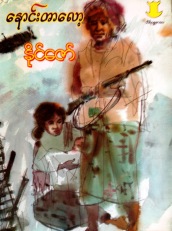
Naung-Tar-Lau: Fictional novel based on the true story of “Battle of Myitkyiina” WWII
In Search of Mythical Utopia
Casting the Crown of Art: history of art from prehistoric time to 21st Century (Awarded Htan-Yeik-Nyo U Myo Khin Literature prize,
2010 Biographical sketches of an altruistic midwife of remote area
Background personalities of 6 famous leaders
3 Poem books by Naing Zaw from Srivatsa
The Earth (2009), The Water (2010), The Air (2011)
This is Naing Zaw’s 35th book, “Collected Short Stories”, published before concluding 2014.
Altogether 11 stories are selected: 1/ Affection with land, water, mountains and forests (ေရေျမေတာင္ေတာ သံေယာဇဥ္) 2/ Lotus, Fire, Triangle ျကာပန္း၊ မီးလွ်ံ၊ တရိဂံ) 3/ A Withered Leaf of an Old Dream (အိပ္မက္ေဟာင္း၏ သစ္ရြက္ႏြမ္း) 4/ Peach Blossoms (မက္မြန္ပြင့္မ်ား) 5/ Black and White 69 (အျဖ ူ အမည္း ၆၉) 6/ Praying Rose (ဆုေတာင္း ႏွင္းဆီ) 7/ Spiked… Running Shoes (သံဆူးဖိနပ္) 8/ Jungle of Magical Illusions (ေမွာ္ရံုေတာ) 9/ Warmly Impelled Flow (ပူေႏြးစြာ တိုးေ၀ွ ့စီးဆင္း) 10/ Bird (ငွက္) 11/ Sharp Claws of the River (ျမစ္၏ လက္သည္းခြ်န္)


